
Building a home and looking to go as green as possible? Learn about the cost to build a green home and how energy-efficient features will affect the total.
Preparation = peace of mind


Home projects, such as decorating and renovations, can be fun ways to transform your new house into your ideal dream home. However, all home projects are not created equal.
There are always going to be issues that pop up throughout the year that need to be addressed. As a homeowner, the responsibility to fix these unexpected issues falls on your shoulders.
After all, when an appliance breaks or the roof begins to leak, you can't rely on a landlord to take care of it. It’s up to you to fix the problem, whether you do it yourself or hire a local professional.
We surveyed 1,000 U.S. homeowners to find out just how prepared they are for the unforeseen projects that arise throughout the year.
According to the survey, 93% of homeowners had home maintenance costs in 2021.
Furthermore, almost half of homeowners spent more on repairs in their first year than in subsequent years. Therefore, if you’re a new homeowner or are currently looking for a new home, you should be prepared to deal with additional maintenance costs.
Surprisingly, younger generations spent more on home maintenance in their first year as homeowners than their older counterparts.
The full breakdown of homeowners who spent more in year one is as follows:
16–24: 65%
25–34: 54%
35–44: 44%
45–54: 43%
55+: 38%
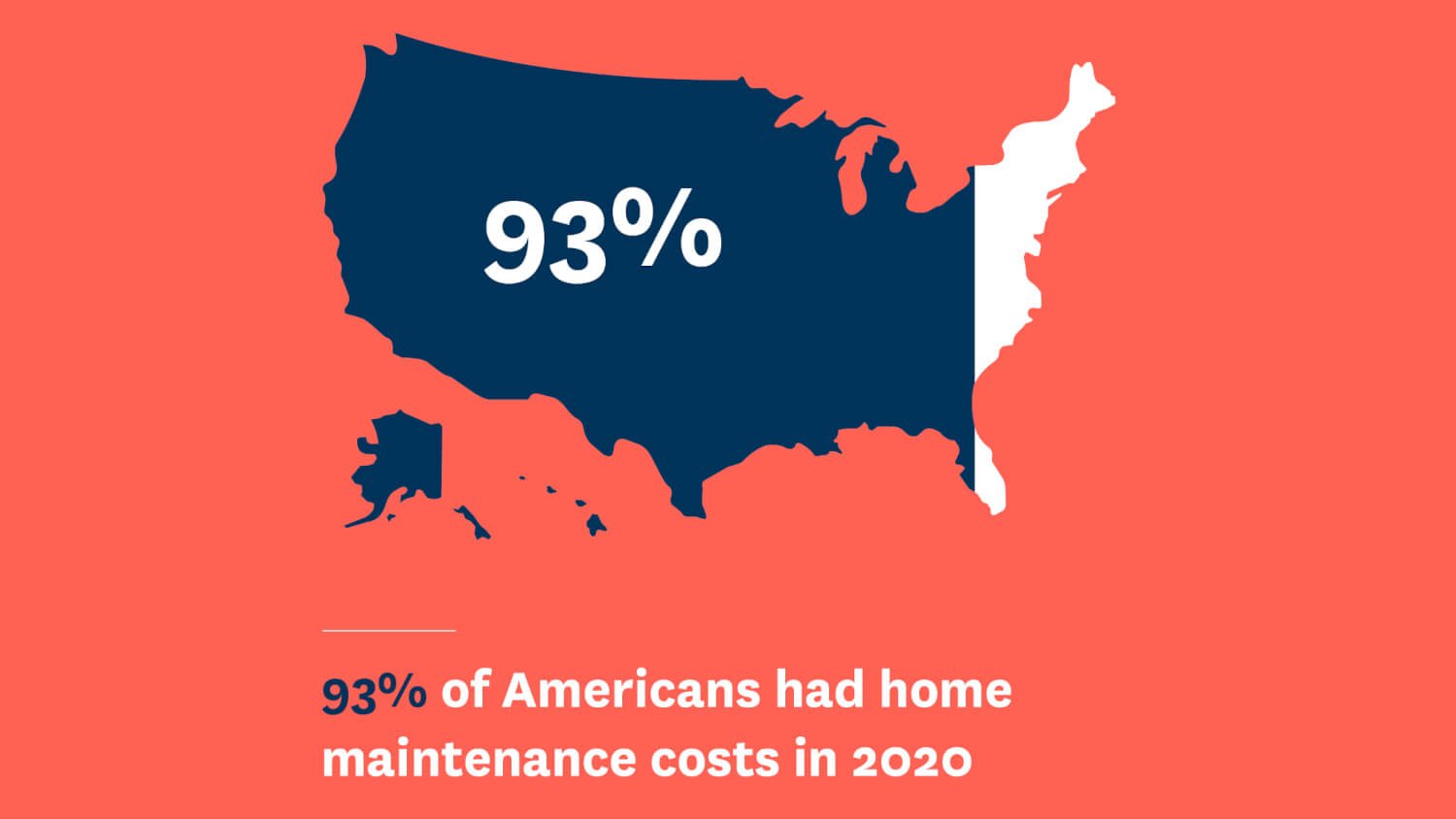
Younger generations are also more likely to take care of home maintenance projects on their own, with 37% of Gen Z respondents saying they spend 3 to 4 hours per month on such repairs compared to just 16% of respondents over the age of 55.
When it comes to preparedness, we discovered that 1 in 5 homeowners have zero money put aside for emergency home repairs, with over half putting such repairs on credit cards.
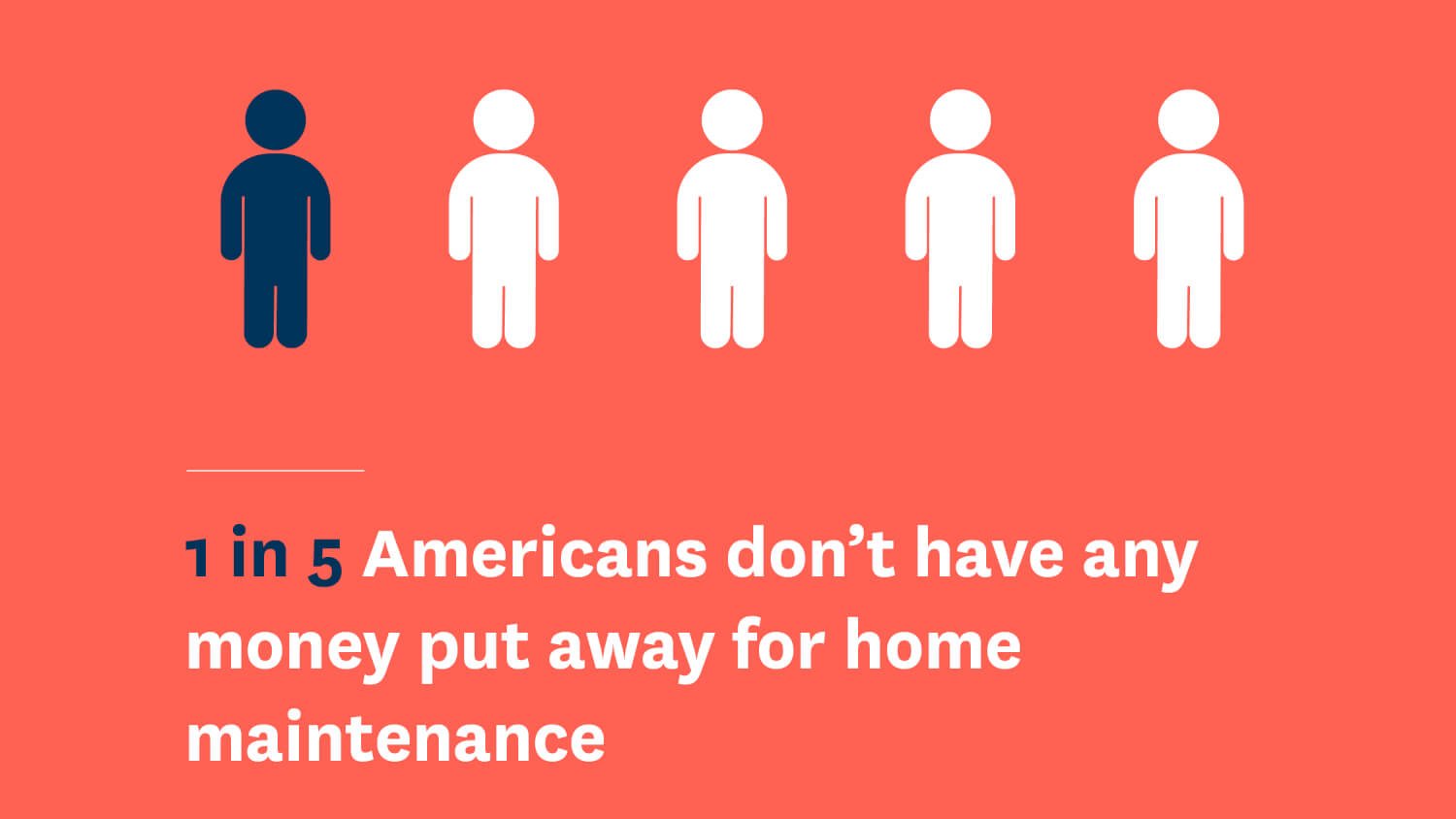
Pair this with the fact that nearly half of those surveyed spent more than $1,000 on home repairs in 2021 and that the average annual home maintenance costs range from $950 to almost $10,000, and you can understand why we recommend setting aside money each year to address such emergency expenses when they arise.

We were also surprised to learn that nearly half of all those surveyed currently have 5 to 10 outstanding home maintenance projects. The good news is that around half of the respondents plan to complete their outstanding projects in 2022.
Whether you’re tackling the projects on your own, or with the help of a professional, we recommend taking care of things sooner rather than later. When home problems go unaddressed, they can snowball, resulting in far greater issues that are both harder to fix and more expensive.
To this end, we’ve put together a list of some of the most common issues that arise for homeowners, along with the average cost to fix them. This way, you can be prepared and know what to expect should you find yourself dealing with any of them in the future.

If you had an inspection completed before purchasing your home, the inspector should have mentioned any issues with the foundation. However, in a seller’s market, many people forgo complete inspections.
As such, many recent homebuyers are finding that the foundation of their new home is cracked or worse. Even with an inspection, settling, along with tons of other factors, can cause foundations to crack, shift, and sink over time.
The price to repair a foundation can vary quite a bit depending on the severity of the issue. The average cost to hire a local foundation repair contractor runs between $2,000 and $7,000. To mitigate overly expensive foundation repair costs, you should have your foundation inspected every one to two years.
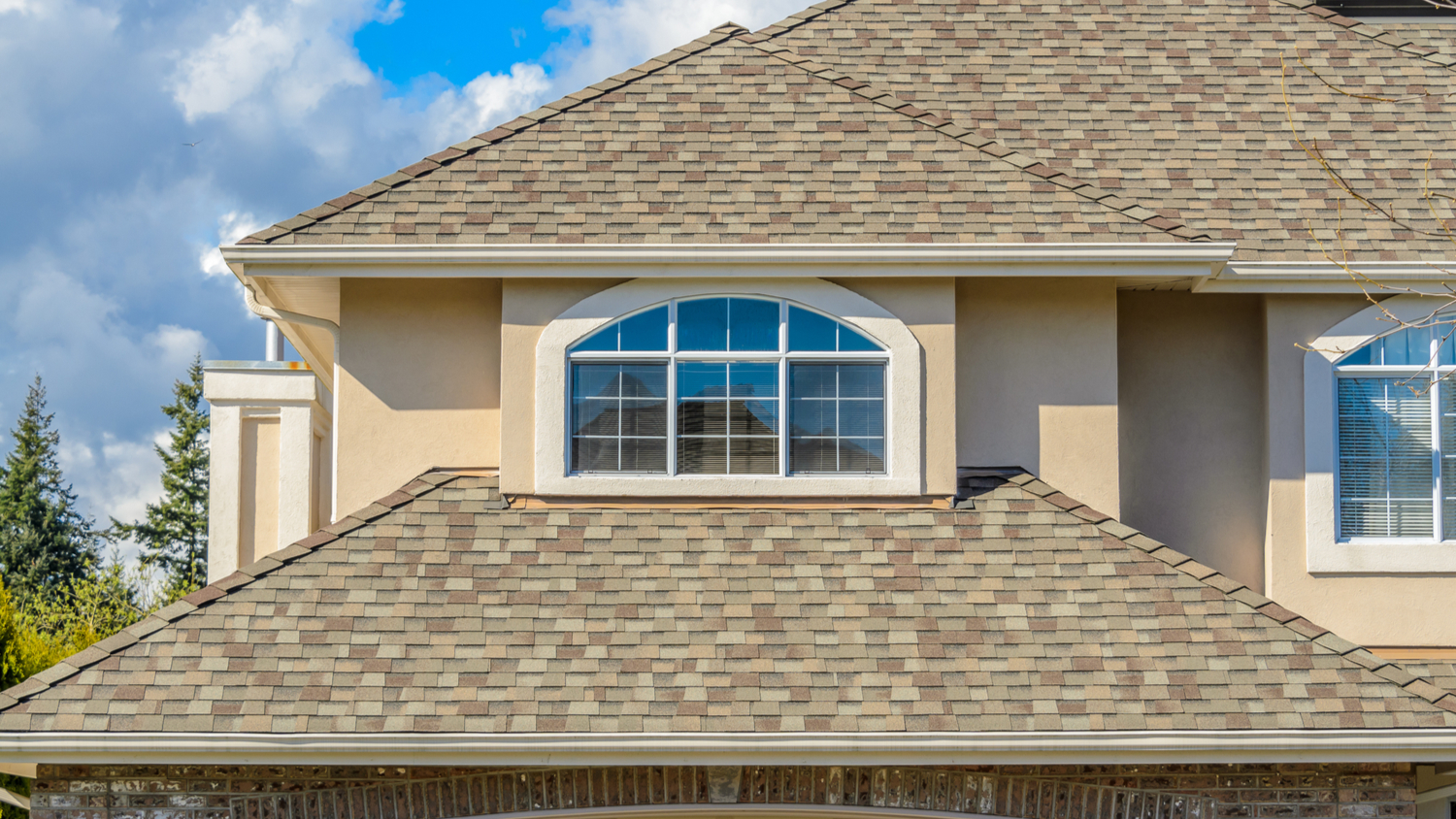
Roofs do a lot of heavy lifting. They protect the inside of the home from inclement weather, prevent bugs and animals from getting inside, and can be one of the most aesthetic aspects of a house.
If a roof becomes damaged, holes can form, and cave-ins can occur in severe instances. That’s why it is always important to ensure your roof is in good shape.
To hire a roof repair company in your area for a partial job, it can cost anywhere from $300 to $5,000, depending on the size of your roof. A complete roof replacement can cost upwards of $12,000. We recommend hiring a local roof inspector every year to ensure there aren’t any growing issues.
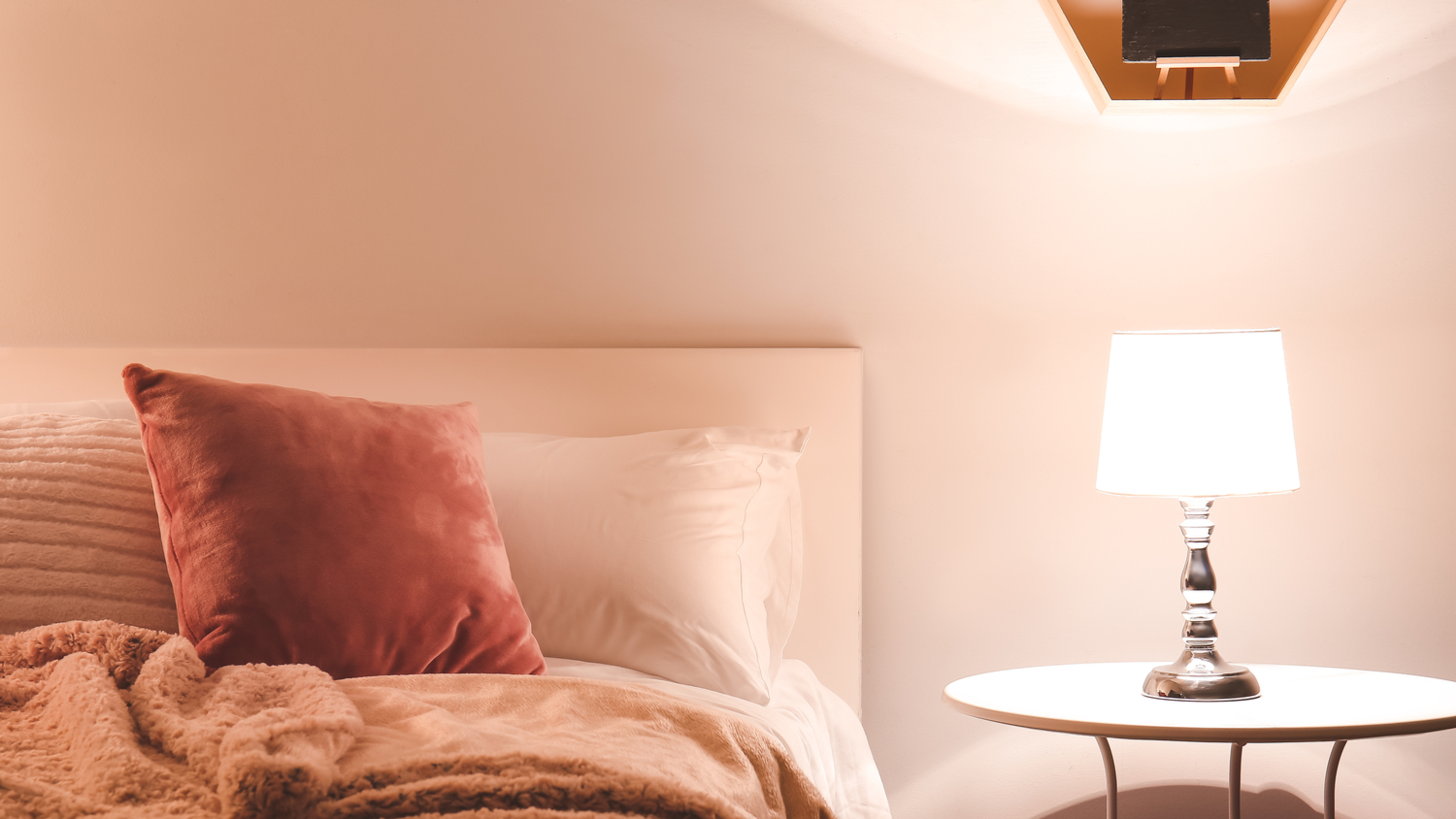
Electrical issues are another common occurrence that can have a severe impact on your life. After all, it’s hard to live in your house if the lights won’t come on. A local electrical company will charge $1,500 to $10,000 for rewiring, depending on how big the job is.
Since dealing with live wires can be dangerous, we always recommend hiring a professional to handle electrical jobs for you.
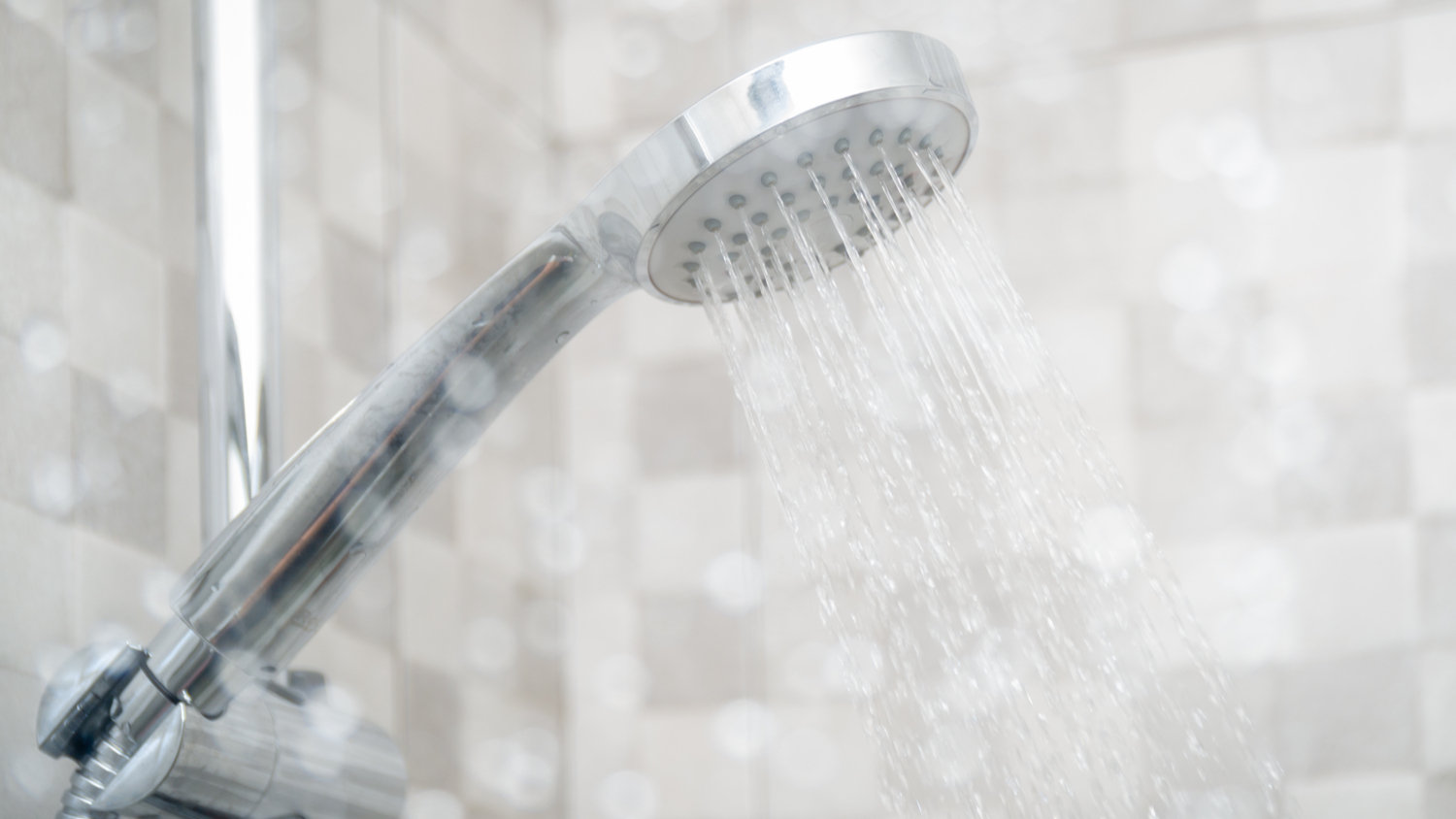
Nobody likes waking up on a cold winter’s morning, getting in the shower, and discovering there’s no hot water. When the water heater breaks, it can cost anywhere from $800 to $1,600 to fix or replace.
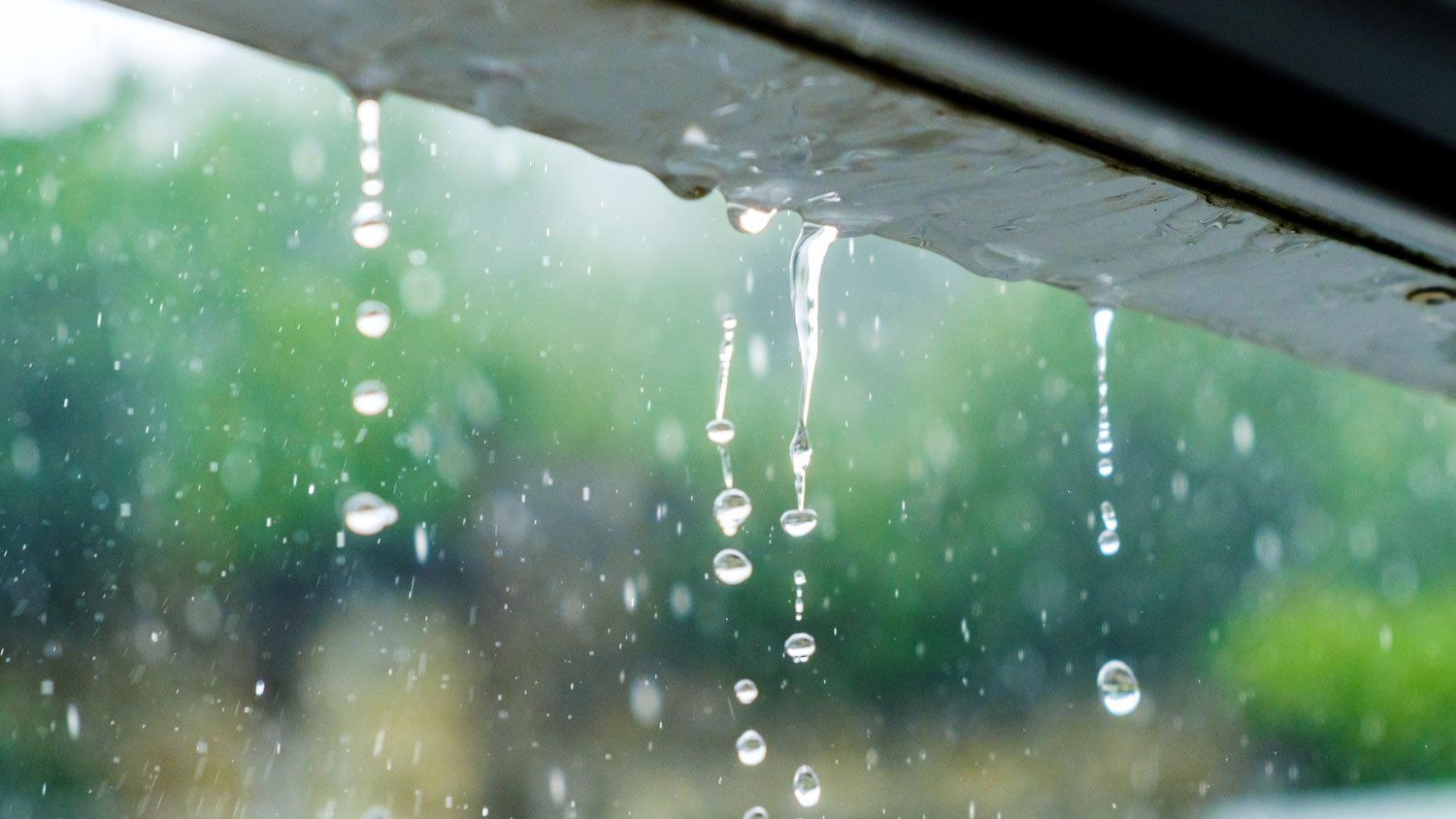
There are tons of ways your home could incur water damage, including burst pipes, ineffective drainage systems, and severe weather.
No matter the cause, it’s important to address water damage as soon as possible, as water-damaged wood can attract termites, which can inflict even further damage to your home. Repairing water damage in a home costs, on average, $3,000.
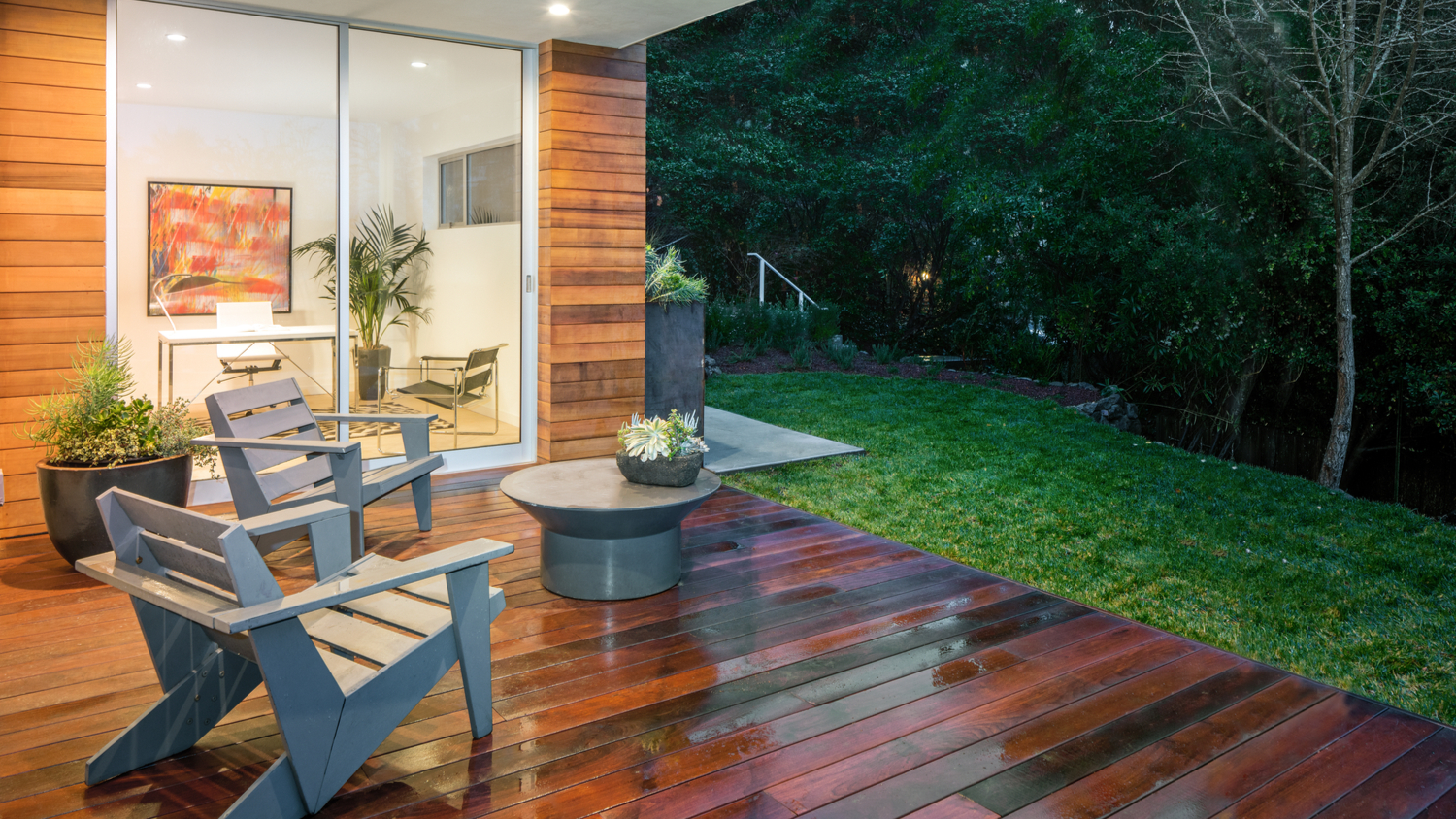
In addition to attracting termites, another side effect of water damage is the growth of mold in the home. Mold can also appear due to poor ventilation and moisture buildup.
Not only is mold destructive to the structure itself, but it can cause adverse health effects for those living within the home. Mold remediation typically costs between $1,500 and $3,500.
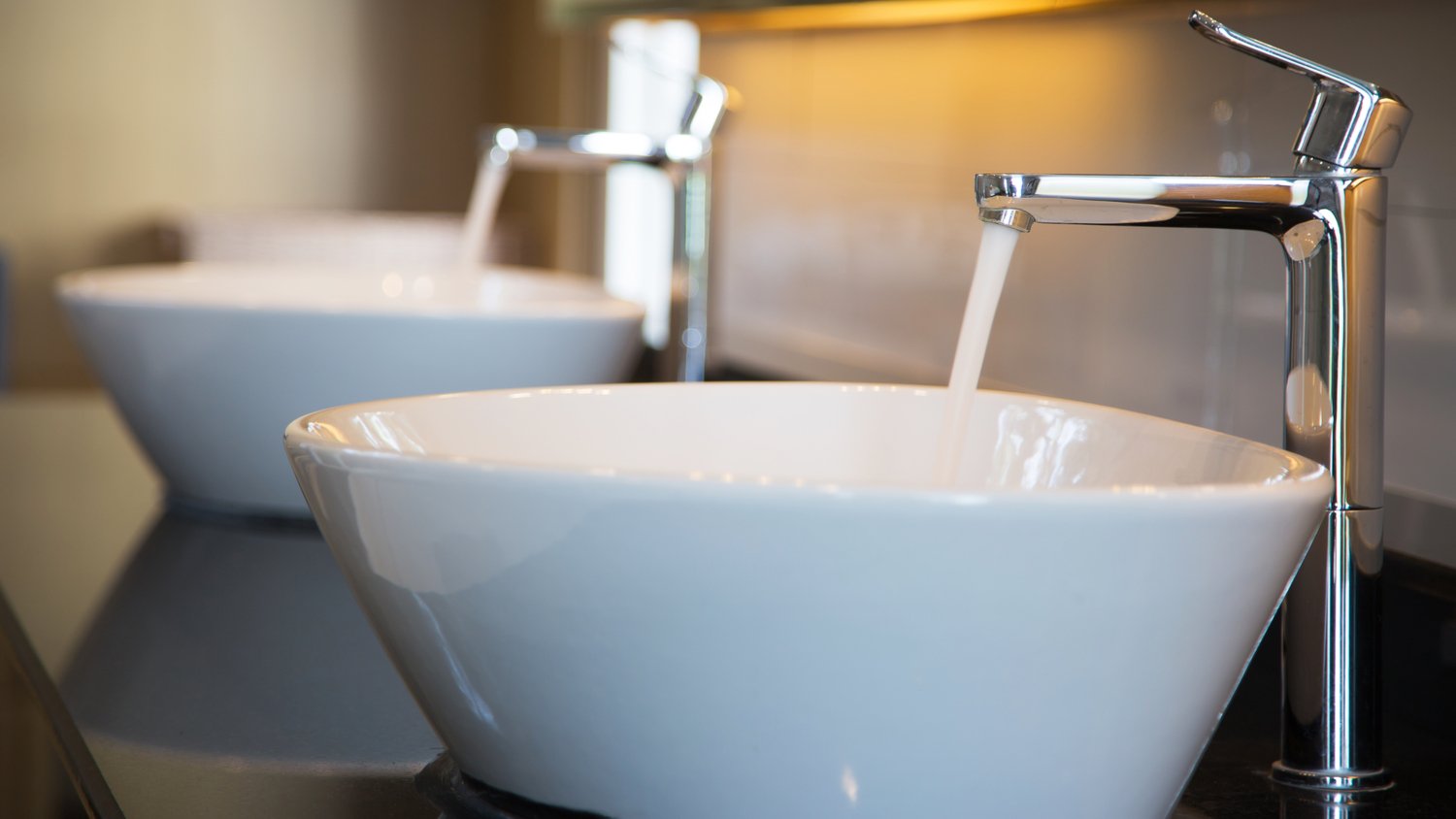
There are many reasons a pipe might burst, such as freezing in cold weather or root systems growing through it. No matter what the reason may be, burst pipes can result in water damage, leading to mold and termites as mentioned above.
Depending on what needs to be replaced, a leaking pipe can cost up to $300 to repair, while a full sewer line repair can cost upwards of $2,500.

Whether winter or summer, there’s never a good time for the HVAC to break down. It can result in sweltering highs in the summer and frigid lows come wintertime. Replacing an HVAC system can cost anywhere from $5,000 to $10,000.
Now that we’ve covered some of the most common home maintenance issues that can arise, you should have a better understanding of just how prepared you need to be. We recommend always having some money put aside to address these issues should they occur.
A good rule of thumb states that you should set aside 1% to 3% of your home’s value each year to address unforeseen home maintenance issues.
We also recommend having your home inspected every year or two to ensure everything is still in good shape. Remember, it’s always less expensive to repair small issues than to replace entire systems or elements of the home.
Original survey based on a sample of 1,000 U.S. homeowners.
From average costs to expert advice, get all the answers you need to get your job done.

Building a home and looking to go as green as possible? Learn about the cost to build a green home and how energy-efficient features will affect the total.

If home is where the barn is, a barndominium may be the dream house you’ve been looking for. Here are all the details you need to know about barndominium costs.
The average cost of a yurt is $35,000, but the price can vary depending on the size, building materials, and number of add-on features.

Learn the essential foundation requirements for adding a second-story addition to your home, how much it costs, and other considerations.

If you are wondering what is builder grade when it comes to renovations, we share the differences and pros and cons every homeowner should know.

Consider these questions when building a custom home. Your answers can help you determine who should build your dream home, one brick at a time.